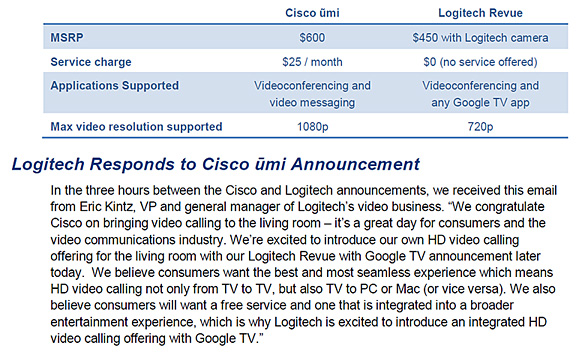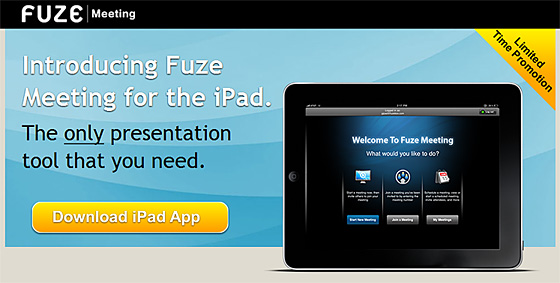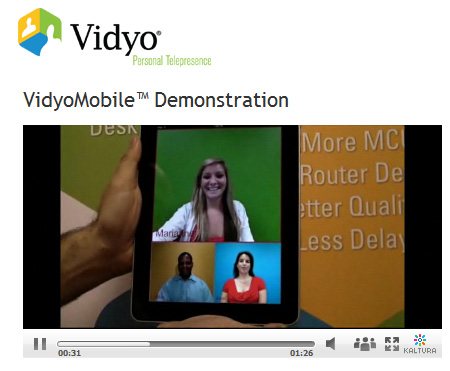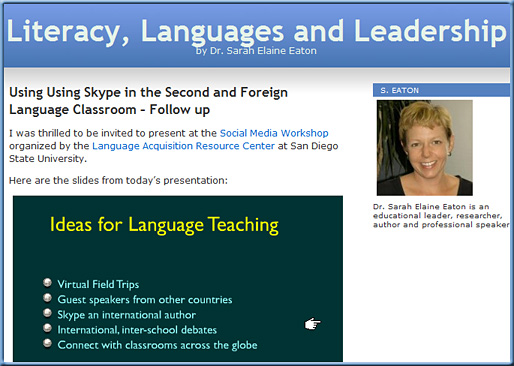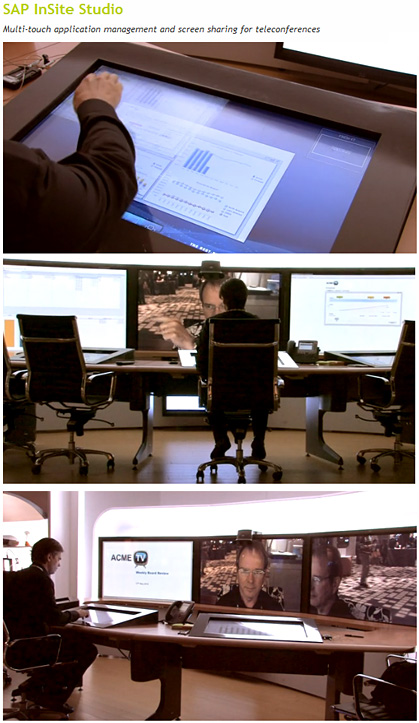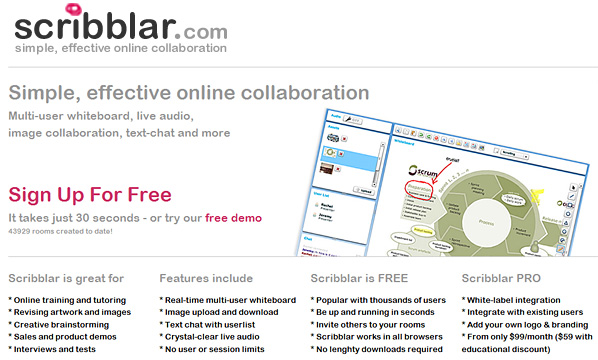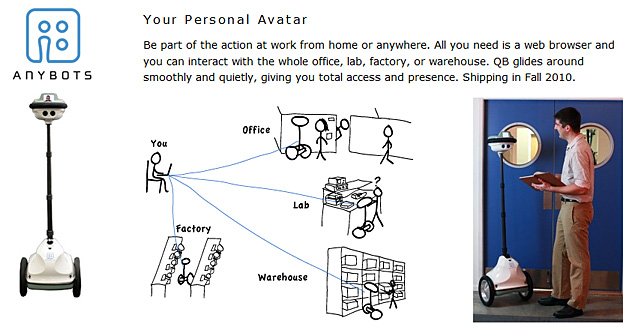Video calling and video chat — from PewResearch.org
Almost a fifth of American adults (19%) have tried video calling either online or via their cell phones. That figure comes from adding up the number of adults who said they either had made a video or teleconferencing call online (17% of adults have done that) or made video calls on their cell phones (6% of adults have done that). In many cases people have placed video calls on both the internet and their cell phone. Those who answered yes to both questions were only counted once in the overall tally of video callers.
These figures translate into 23% of internet users and 7% of cell phone owners who have participated in video calls, chats, or teleconferences.
These figures were gathered in a survey of 3,001 American adults (ages 18 and older) between Aug. 9 and Sept. 13, 2010. The margin of error is +/- 3 percentage points.
Also see:
One in Five Americans Have Video-Called Someone: The Future Is Now! — from FastCompany.com by Kit Eaton

.
Video calling may seem a new deal in the U.S., given the stir caused by Apple’s FaceTime app on the iPhone 4. But a new Pew survey has revealed nearly 20% of Americans have already video-called someone. That sci-fi future from the movies? It’s already here.









